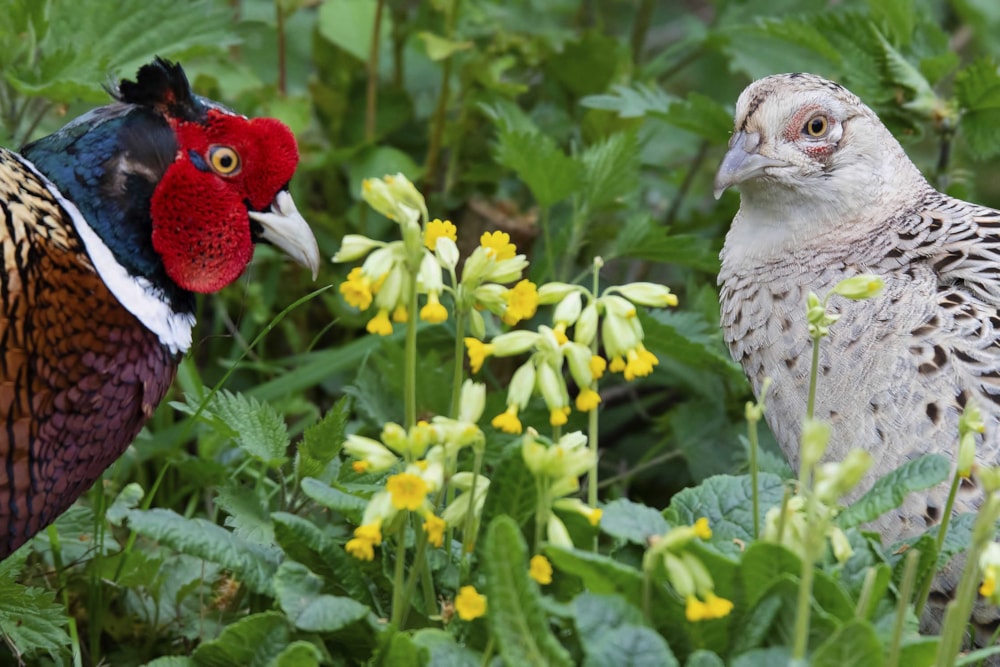Pheasant releases associated with predator increases
New research from the British Trust for Ornithology (BTO), published in the Journal of Applied Ecology, has exposed that the release of Common Pheasants and Red-legged Partridges for commercial shoots appears to be boosting populations of avian predators that feed upon them.
It's estimated that some 50 million gamebirds are released into the British countryside every year, a figure notably higher than any other European country. As well as this, the insurance of a reliable stock is also carried out, by way of habitat management and setting up food for the gamebirds. Furthermore, predator control takes place around release sites, including the trapping of corvids.

An estimated 50 million Common Pheasants and Red-legged Partridges are released into the British countryside annually (Clive Daelman).
Certainly, some game management activities have benefits for wider biodiversity. However, the impacts of the releases themselves have received little attention and the release of gamebird species, which are not native to the UK, could negatively impact other, native, species through increased competition for food, altered habitat structure, the spread of disease or changes in predator-prey relationships
Positive associations between the occurrence patterns of gamebirds and the abundance and population growth rates of several generalist predators, including Common Buzzard and various corvids, has been identified by the research. If, as the research suggests, gamebird releases are increasing the numbers of these predators, then this may alter predator-prey dynamics in areas where large numbers of gamebirds are released. This may, in turn, have implications for other species; for example, predation pressure has been identified as a conservation issue for declining breeding waders like Eurasian Curlew.
Lead author Dr Henrietta Pringle said: "The idea that gamebird releases might enhance populations of generalist predators is not new, but our results are the first to indicate this may actually be happening on a national scale. While gamebirds are only one of the factors that could shape predator populations, our work emphasises the need to better understand the impacts of releasing roughly 46,000 tonnes of gamebird biomass into the countryside annually. For context, the estimated total biomass for all native UK breeding bird species is just 19,500 tonnes.
"Investigation of indirect effects of gamebird releases on species for which predation is a key concern is needed to establish whether regulating the numbers of gamebirds released could be an effective conservation tool. A good starting point would be to secure the compulsory recording of releases and of the numbers of predators killed."

